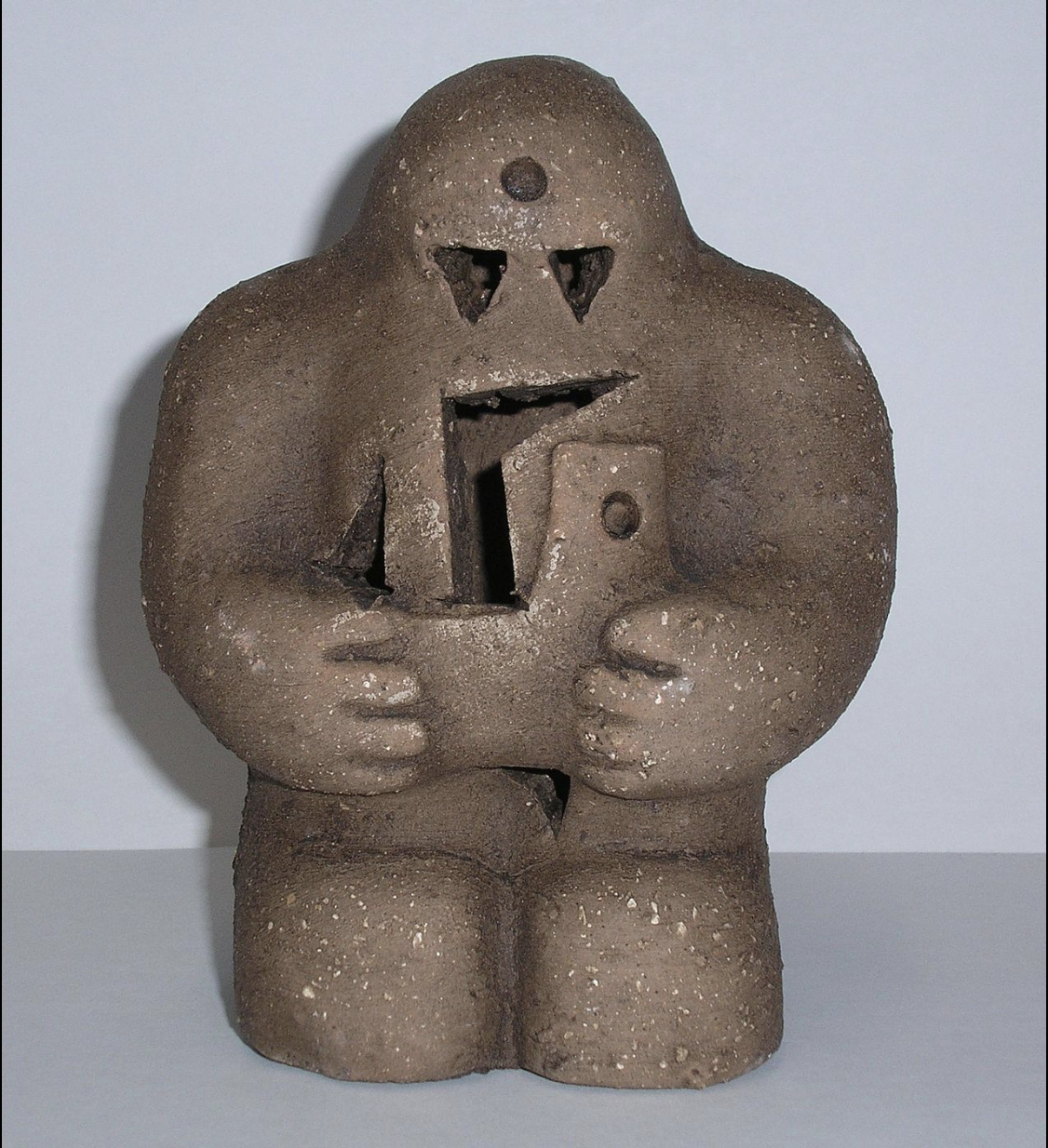Interpretation Adaption
The Golem
One day, we woke up this ancient magical figure and interviewed it,
"Do you remember anything?"
"Do you have a message for the people?”
Defend or attack, it's all on a whim.
Director: Maureen Weng, Sunny Lee
Animator: Maureen Weng
After Effect: Sunny Lee
Script: Maureen Weng
Voiceover: Sunny Lee
Post-production: Maureen Weng
-
Golem (םלוג, Hebrew) is an animated, anthropomorphic being in Jewish folklore, which is entirely created from inanimate matter, usually clay or mud.
[Story / Mechanism]
The most famous Golem was cast by the Prague Jewish scholar, Leow, to protect the Jews from persecution. To animate the Golem, the maker has to place a small "תמא" tablet on its tongue everyday and write the word ("truth", Hebrew) on it`s forehead. The golem could then be deactivated by removing the א, thus changing the. (תמ) "to "death (תמא) "inscription from "truth According to Moment magazine, "the golem is a highly mutable metaphor with seemingly limitless symbolism.
It can be a victim or villain, man or woman—or sometimes both. Over the centuries, it has been used to connote war, community, isolation, hope, and despair. "
The most famous Golem was cast by the Prague Jewish scholar, Leow, to protect the Jews from persecution. To animate the Golem, the maker has to place a small "תמא" tablet on its tongue everyday and write the word ("truth", Hebrew) on it`s forehead. The golem could then be deactivated by removing the א, thus changing the. (תמ) "to "death (תמא) "inscription from "truth According to Moment magazine, "the golem is a highly mutable metaphor with seemingly limitless symbolism.
It can be a victim or villain, man or woman—or sometimes both. Over the centuries, it has been used to connote war, community, isolation, hope, and despair. "

A Prague reproduction of the Golem


[Charcter Exploring]:
We made a golem mask based on research before thinking about the narrative presented, and I wore the mask to perform movement and body impressions of the characters to better understand them.
We don't want to be clichéd about the reinterpretation and adaptation of golem. So we thought in two directions---- "What would a modern golem look like? " and "If we interviewed it, what would it say? ":
What would a modern golem look like?
I replaced the magic tablet that was to be placed on the tongue with a barcode, and the barcode was coded by the time of the golem's creation (16C.), the origin of the original biblical verse (Psalm 139:16) and the Hebrew text that was to be written on the forehead (תמא)
I replaced the magic tablet that was to be placed on the tongue with a barcode, and the barcode was coded by the time of the golem's creation (16C.), the origin of the original biblical verse (Psalm 139:16) and the Hebrew text that was to be written on the forehead (תמא)
If we interviewed it, what would it say?
As mentioned earlier, over the centuries, it has been used to connote war, community, isolation, hope, and despair. So it may have mixed feelings about the owner's attitude towards the using. We use the illusion of projection on white clay to play classic images of various situations: love, faith, honour, corrupted, dictatorship.
